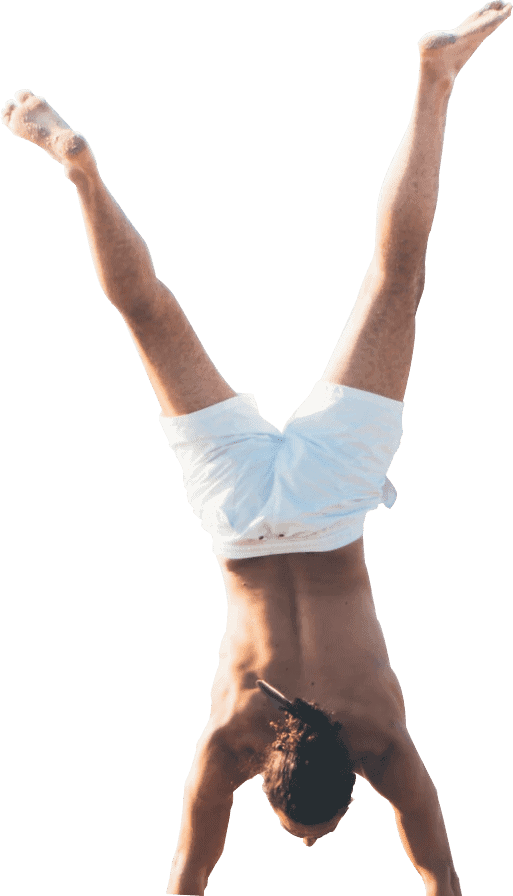By Jade Chan
Physiotherapist at Life Ready Mobile
As we age, our bodies gradually change. The ligaments and tendons holding our joints together become stiff, while the cartilage in our joints wears thin. Osteoarthritis causes our joint surfaces to be rough which can lead to pain, swelling and loss of movement. These aches and pains affect our everyday life and stop us from doing the things we love, like gardening, hiking or golf.
The good news is there are things we can do to prevent or relieve these pains.
- EXERCISE
Exercise improves the blood flow to our joints, keeping the cartilage healthy and strong. It also strengthens the muscles around our joints, taking pressure away from the joints and bones. Regular exercise promotes a healthy body weight while activities such as Pilates, swimming and hydrotherapy strengthen the body without harming the joints.
A physiotherapist can advise you on exercises you can do to keep your joints healthy.
- STRETCHES
Stretching keeps our joints and muscles flexible and can prevent injuries if done before exercise or an activity. Sometimes a loss of movement due to a muscular or neurological condition such as Motor Neuron Disease, stroke or dementia can cause pain. Without enough movement, joints can become stiff which can lead to painful contractures. Passive stretches by a trained professional such as a physiotherapist can help maintain joint movement and prevent contractures.
- HOT OR COLD THERAPY
Hot therapy such as the use of a hot water bottle, microwavable hot pack or a warm bath is great for relieving chronic pains caused by arthritis. The heat warms up stiff muscles and joints and helps tight muscles relax.
On the other hand, cold therapy such as the use of a cold pack, cold water bottle or cool water is useful for minor injuries. It numbs the pain and reduces blood flow to the injured site, reducing swelling and tissue damage.
In both therapies, there are risks involved and it may not be suitable for some people with a heart or neurological condition, so it is recommended to consult a doctor or health professional prior to be safe.
- MASSAGE
Gentle massage relaxes tight muscles and reduces stress and anxiety caused by chronic pain. It also promotes blood flow and stimulates the nerve fibres, stopping them from sending pain messages to the brain.
It is recommended for massages to be performed by a qualified professional, such as a massage therapist or a physiotherapist (for soft tissue release), for maximum benefit.
- SUPPORTIVE EQUIPMENT
Wearing supportive equipment like a knee brace can help reduce pain and swelling and provide stability to a weak joint. There are many types of braces providing varying levels of support. Your physiotherapist can find the right support for you!
Though we may attribute pain to ageing, it should not hinder us from living our best lives. We appreciate that everyone experiences pain differently, so what works for one may not work for another. Staying active is the key to not only managing pain, but improving overall wellbeing and quality of life. We’re here to help you achieve your health goals in your retirement years, whatever they may be. Contact us today!
